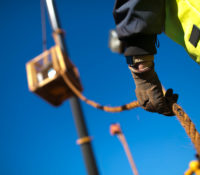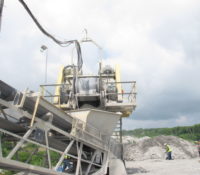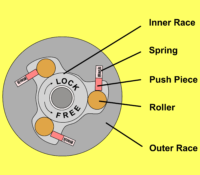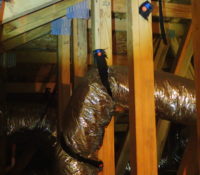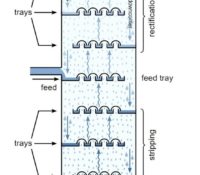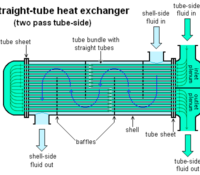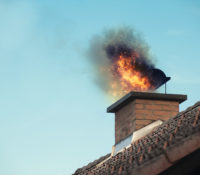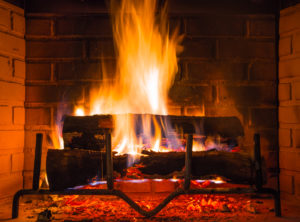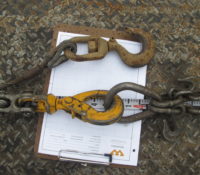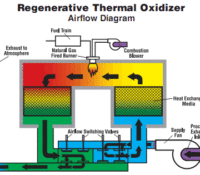The Use of Taglines to Control Crane Loads
The adequacy of a crane’s load line to support the weight of the object being lifted is an obvious concern when evaluating a crane lifting operation. Less obvious, but often equally important, is the presence and adequacy of taglines to provide control of the load orientation.
Taglines are simply ropes or lines that are Read More


